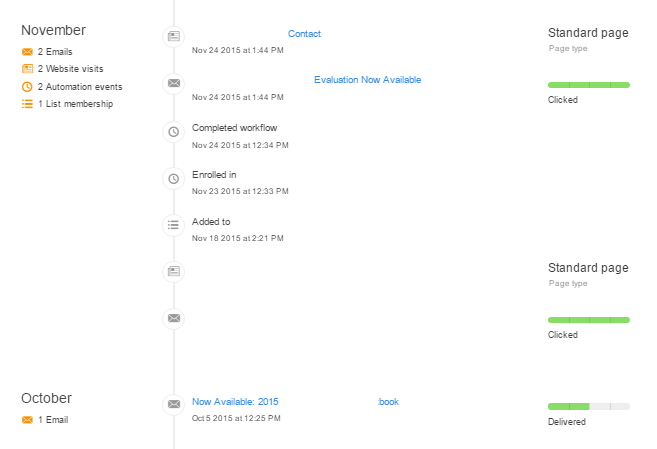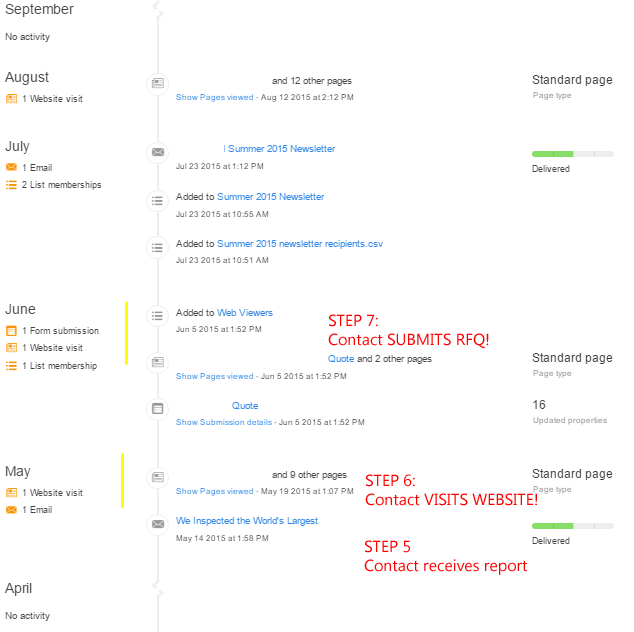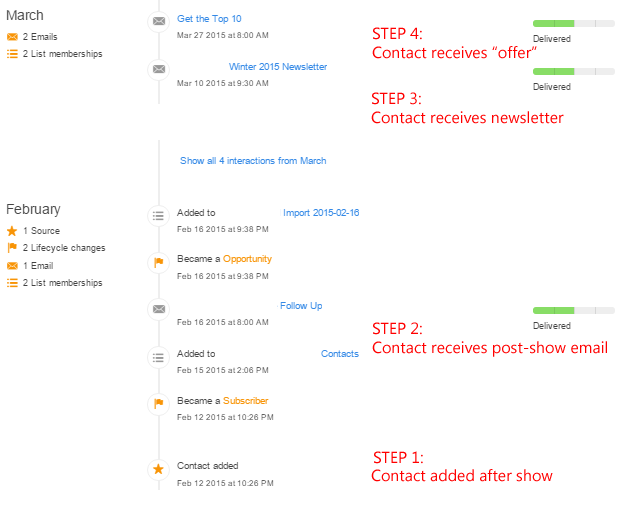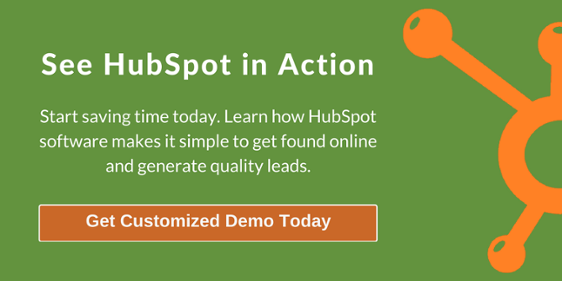You’ve read (I hope) my other blogs that talk about Omnibound marketing or integrating technology into your sales and marketing efforts. Today I will share a case study on exactly how a mix of outbound marketing and inbound marketing brought a lead to fruition. A lead that could have been considered dead. All names, projects and locations have been changed to protect the innocent.
Consider this - you spend from $10,000 to $50,000 on a trade show, including travel, lodging, food, entertainment, shipping, booth space and staffing. As shows go, this figure is pretty low (many of us spend way more than $50,000 per show). You then spend three days at the show presenting, networking, collecting cards and/or scanning badges. You're excited to bring those leads back to HQ where they'll be disseminated to the sales force. We all know that most trade shows leads aren't "burning hot." Those that are, though, get our immediate attention. Everything else gets prioritized and, over time, many of them fall off the radar. Can we agree that this happens all too often? And when it does, it leads to an inevitable sales and marketing confrontation and this question from the high-ups: "What did we get from that show? What was the ROI?"
Sales and marketing can avoid this by working together, and putting those trade show leads to work. Let’s look at a real-life example of how long-term, effective investment in a trade show lead paid off.
Here's what happened:
- An industrial manufacturer (we'll call them Industrial Manufacturing Inc.) decides to attend a trade show (we'll call it Industry 2015) in February 2015.
- Marketing does the requisite promotion work:
- Writes and distributes press releases
- Informs prospects and clients that Industrial Manufacturing Inc. will be at the show
- Sets up a speaking engagement at the show's technology forum
- Plans and implements a social media campaign, using hashtags for easy networking and monitoring (e.g., #industry2015).
- Arranges freebies and giveaways for the booth
- Much more.
- The show goes splendidly and Industrial Manufacturing Inc. returns with new opportunities galore.
Now, let’s follow the path of a trade show lead and how it turned into an RFQ four months after the show...without a single sales call. (Of course, I'm not telling you to scrap sales calls; I'm showing how marketing can work in conjunction with the sales effort - to close the deal). We executed the following using HubSpot marketing automation software, as you'll see in the graphic below.



Step 1: Industrial Manufacturing Inc. meets Contact at the show, and is added to an Industry2015 campaign and contact list
Step 2: Industrial Manufacturing Inc. immediately sends Contact a show follow-up email.
Step 3: In March, Industrial Manufacturing Inc. sends a newsletter to Contact. The newsletter covers a recent project and contains a call-to-action. Contact receives email, but doesn’t act on it. (But, Contact does see the Industrial Manufacturing Inc. brand).
Step 4: Later in March, Contact was again nurtured when he received an email featuring a call-to-action for a booklet entitled "Top 10 Facts about Material Substrate used in Application." Again, contact doesn’t act on the email, but has now heard from the Industrial Manufacturing Inc. brand twice.
Step 5: Mid-May (May 14th to be exact), the contact was sent an email containing a call-to-action for a report detailing an inspection of the world’s largest installation of Industrial Manufacturing Inc.'s product. Again, Contact contact doesn’t act on it. At this point, you might think “this guy isn’t interested in us,” as we're now three months from the actual show. In fact, it's likely that field sales has given up on pursuing this unresponsive account.
Before we move to the next step in the process, keep one thing in mind: The prospect owns the buying process today and does not want to speak to you until they're ready.
Step 6: Contact is ready. Five days after the last email (May 19th), he went to Industrial Manufacturing Inc.’s website and viewed 10 pages, specifically focusing on projects pertaining to the February show. Wait, we thought he wasn’t interested. Just remember that the buyer is in control. He's now ready to engage because he has a need, probably a new project. He remembered Industrial Manufacturing Inc. because the brand was continually in front of him, and it appeared in his inbox at the right time.
Step 7: June 5th, approximately two weeks later, Contact submits an RFQ!
The rest is history. It took four months and Industrial Manufacturing Inc.'s ongoing inbound marketing efforts to bring an apparently disinterested lead to a "bottom-of-the-funnel" or sales-qualified (SQL) lead. Sales then took over and closed the deal. Yes - it was marketing and sales working together! We see these types of successes over and over again. You can now continue to inform and even delight your new client through targeted client marketing. Note that Contact is now, as of November 2015, clicking on the links within the emails!
This Omnibound cycle works. Traditional outbound efforts intertwined with inbound efforts. There's no perfect formula, but the information gathered during the client’s (who was once a prospect) journey is invaluable. Technology should be an integral part of every sales and marketing effort. The screenshots don't lie! If you can measure, you can improve, optimize and RINSE and REPEAT.







Comments